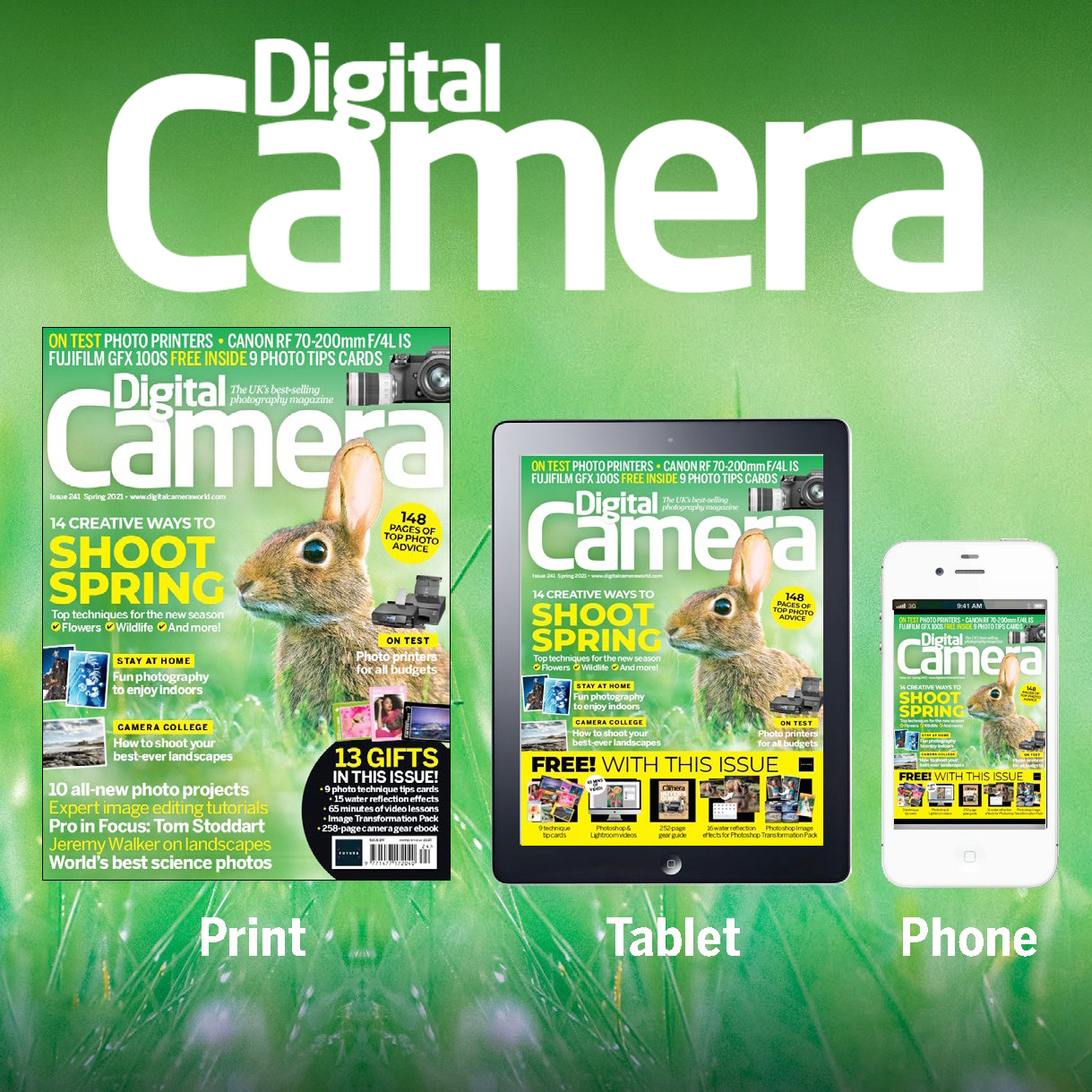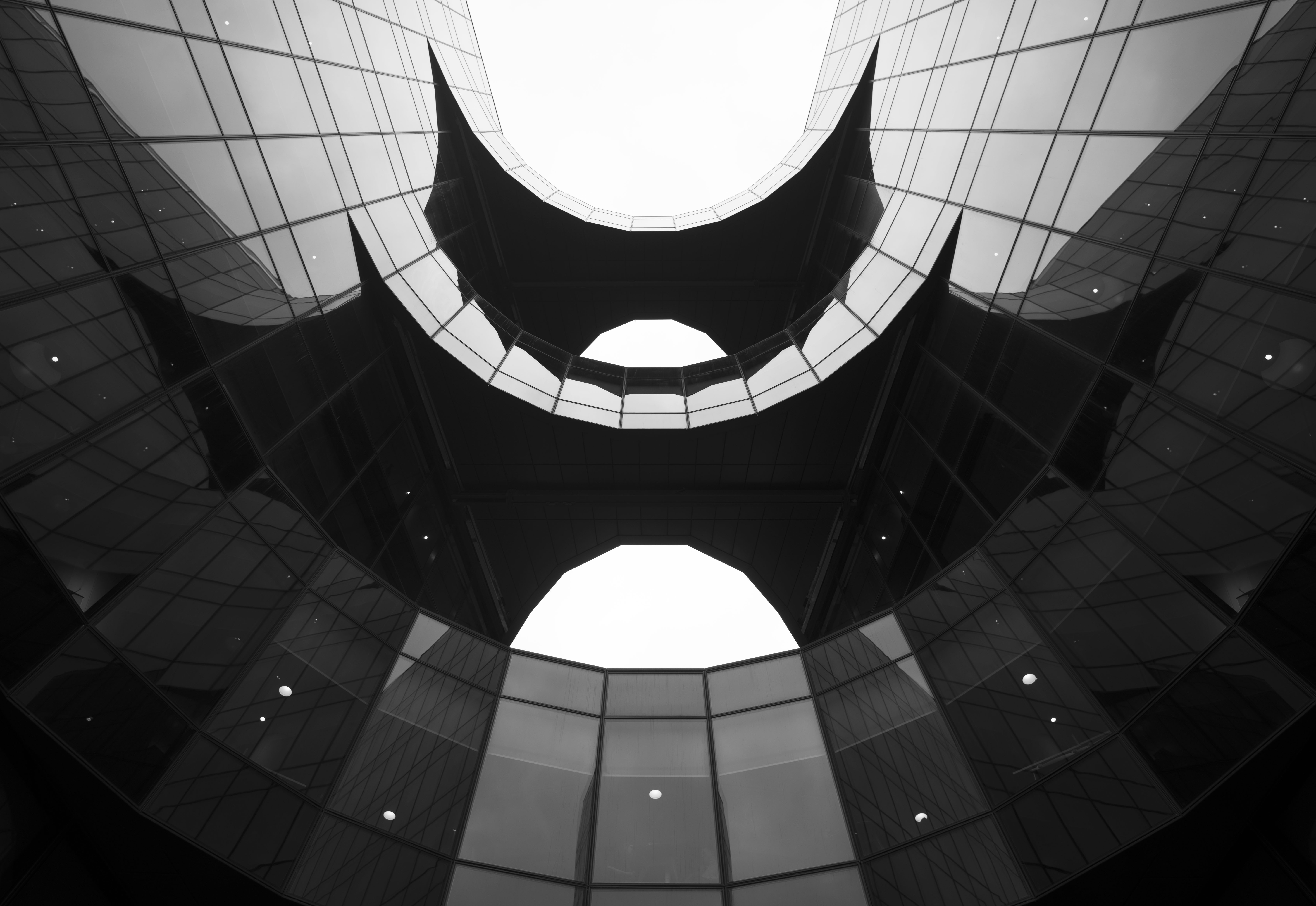Digital Camera World Verdict
Even with its new, compact 15-45mm power-zoom lens, the X-A5 is still bigger than some compact mirrorless rivals, and the autofocus is not quite the fastest either. But the quality of its images and its colour and tonal reproduction is first-rate – and despite having lens-only stabilisation, not in-body stabilisation, it gets sharp shots time after time, in all sorts of conditions.
Pros
- +
Sharp, top-quality images
- +
Great colour and tonal reproduction
Cons
- -
Bigger and heavier than rivals
- -
Autofocus could be faster
Why you can trust Digital Camera World
The Fujifilm X-A5 is aimed at a very different market to their high-end X-mount cameras.
With simplified, user-friendly controls, a compact body and kit lens combination, and an affordable price tag, it’s aimed at smartphone upgraders choosing their first interchangeable-lens camera.
It doesn’t have a viewfinder, but what it does have is a new compact 15-45mm retracting power zoom kit lens to help make the X-A5 the kind of camera you can carry anywhere.
Inside is a 24-megapixel APS-C sensor, and there’s a 4K video mode too, although this is restricted to just 15fps. You also get a touch-sensitive rear screen that flips through 180 degrees for quick and simple selfies.
• The best Fujifilm lenses in 2018

Build and handling
The X-A5 looks smart and stylish and comes in a choice of black, brown and pink bodies. The control layout hasn’t changed much from previous X-A models: it features a mode dial and a control dial on the top plate and four-way navigational buttons on the rear, supplemented by a Q (Quick menu) button and a further small, ‘clickable’ control wheel next to the thumbrest.
The touchscreen display is not used for settings changes, but is used for touch focus and touch shooting options, both of which are quick, simple and effective. It’s a bit trickier to balance the camera for selfies than it is with a smartphone, particularly one-handed, but you’d expect that.
The best camera deals, reviews, product advice, and unmissable photography news, direct to your inbox!

Performance
Testing the new 15-45mm lens on Fujifilm’s original X-A1 model revealed that the X-A5’s autofocus is faster, but not by much. The new Olympus E-PL9, for example, is faster.
The new power-zoom kit lens produces great image quality, but the electrically-operated zoom feels a little vague and unresponsive. It does have a stabilisation mechanism, though, and in our tests the AF system and stabiliser between them produced a really high hit rate of sharp images in a wide variety of shooting conditions.
The sensor might be just a regular CMOS type, but it enables the X-A5 to produce shots of terrific image quality, with good dynamic range and great colours.
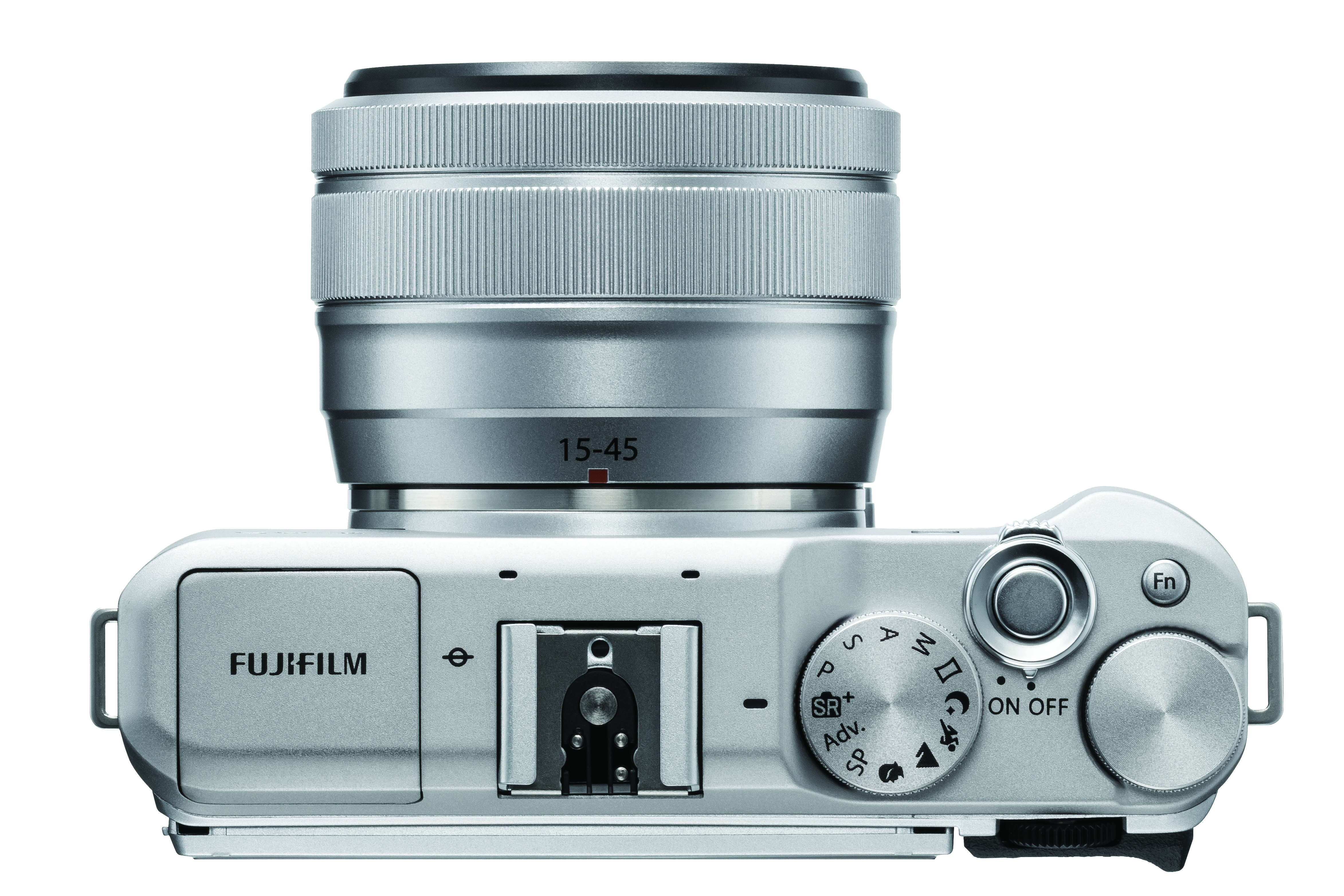
Lab tests
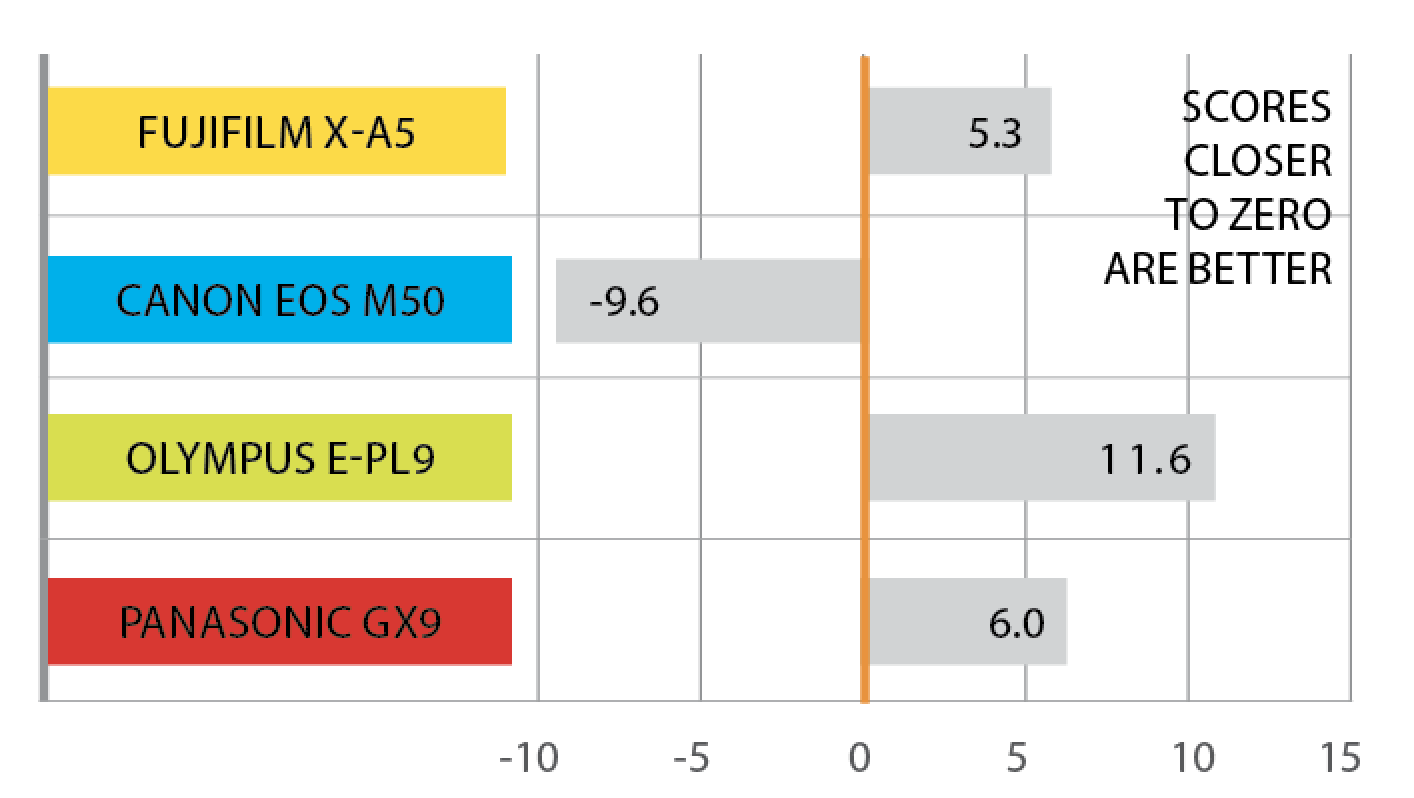
Colour error
The Fujifilm X-A5 beats its main rivals by a small margin for colour error, though the results will depend on your choice of Film Simulation mode.
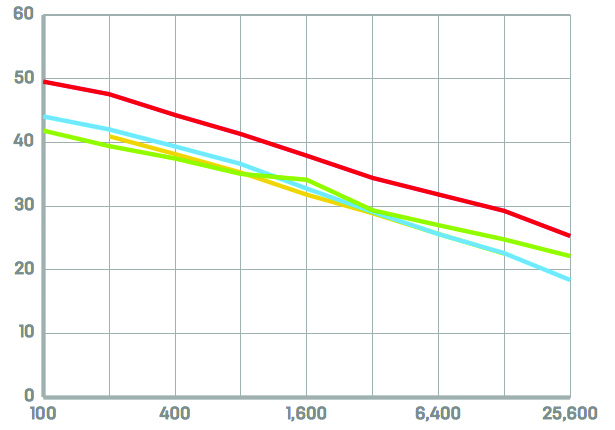
RAW signal-to-noise ratio
The Fujifilm, Canon and Olympus cameras are all very close here, yielding similar levels of noise at each ISO setting. The Panasonic is a clear step ahead, though.
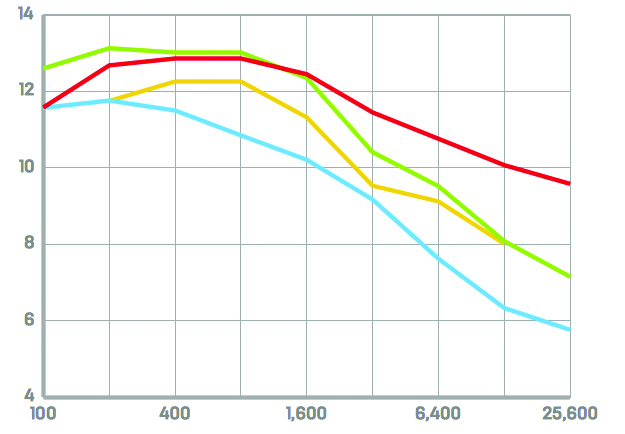
RAW dynamic range
Interestingly, it’s the two MFT cameras that take the lead here. Out of the other two, the X-A5 does beat the dynamic range of the Canon by some margin.
Verdict
Even with its new, compact 15-45mm power-zoom lens, the X-A5 is still bigger than some compact mirrorless rivals, and the autofocus is not quite the fastest either. But the quality of its images and its colour and tonal reproduction is first-rate – and despite having lens-only stabilisation, not in-body stabilisation, it gets sharp shots time after time, in all sorts of conditions.
Specifications
- Sensor: 24.2MP APS-C CMOS, 23.5x15.7mm
- Image processor: Not quoted
- AF points: 91-point hybrid phase-detection/contrast AF
- ISO range: 200-12,800 (exp 100-51,200)
- Max image size: 6,000x4,000px
- Metering zones: 256
- Video: 4K UHD at 15p
- Viewfinder: No
- Memory card: 1x SD/SDHC/SDXC (UHS-I)
- LCD: 3-inch tilting touchscreen, 1,040k dots
- Max burst: 6fps
- Connectivity: Bluetooth, Wi-Fi
- Size: 117x68x40mm
- Weight: 361g (with battery and memory card)
Buying guide:
The best Fujifilm lenses in 2018
The sister print publication to this website, Digital Camera Magazine is Britain's best-selling photography publication – and it can also be purchased outside the United Kingdom as Digital Camera World.
Digital Camera Magazine is packed with more expert advice and more inspirational images than any other title, with the sole aim of helping you become a better photographer. Every issue we also bring you a selection of great gifts which are designed to help you get more from your photography – everything from tips cards and cheat sheets to free software and bookazines.
In addition to inspirational images, interviews, projects, mini tests and tutorials, each issue is packed with news, reviews and comparisons, as well as photographer vs photographer shootouts and head-to-head challenges using the best photo editing software.
The magazine is captained by Editor Niall Hampton.

